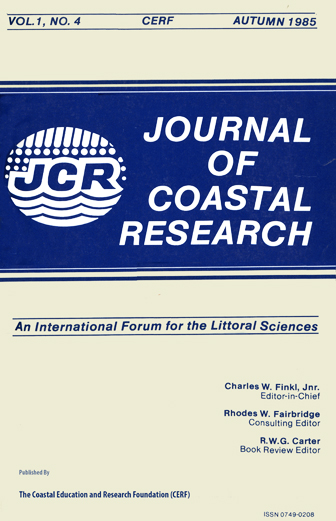Geomorphology of a Coastal Desert: The Namib, South West Africa/Namibia
Keywords:
Alluvial diamonds, coastal desert, fluvial processes, Namibia, ocean current, pediplanation, sea-level change, storm wave, windAbstract
The geomorphological evolution of the coastal desert of Namibia dates essentially from the Jurassic-Cretaceous monoclonal folding of the southern African continental margin in response to the plate-tectonic fragmentation of Gondwanaland. This study supports KING's (1962) regional observation that following this event, the dominant denudational impact on the landscape has been pediplanation with associated cycles of river incision, scarp retreat and pedimentation. In addition, impacts on the local geomorphology stem from the influence of an arid climate in combination with three quasi-independent processes: (1) a differential response to mechanical weathering governed by lithology,(2) a complex interplay between fluvial, marine and eolian processes, and (3) the further influence of changing sea levels on this tri-process system. Prominent erosional and aggradational landforms are noted. In particular, the sand dunes that extend over a vast area (35,000 km) between Luderitz Bay and Walvis Bay are classified on the basis of satellite image interpretation. This great expanse of dunes, which has truncated rivers and blanketed rich deposits of alluvial diamonds, continues to grow. In its development there has been a dynamic interplay of eolian and fluvial processes that controls its spread. Recommendations are made that would help preserve this unique coastal environment and the diverse ecology that it supports. Finally, it is suggested that an extension of the research described may have applications that help define the regional distribution of diamonds in the area.


